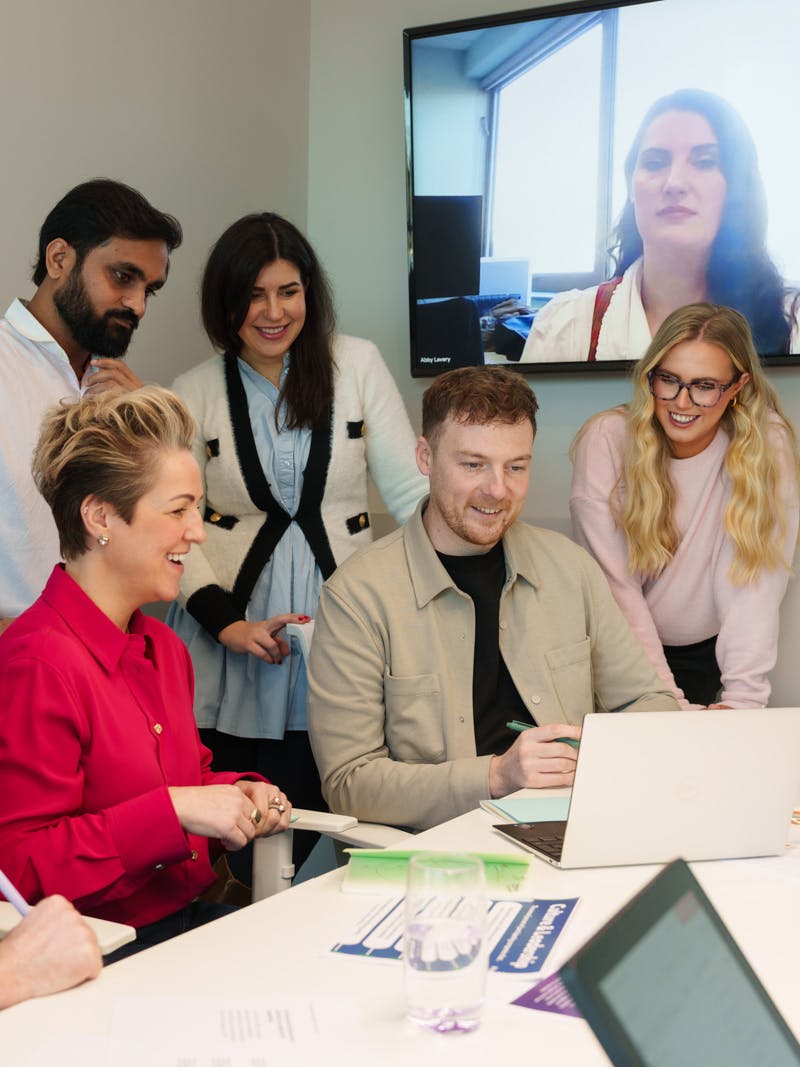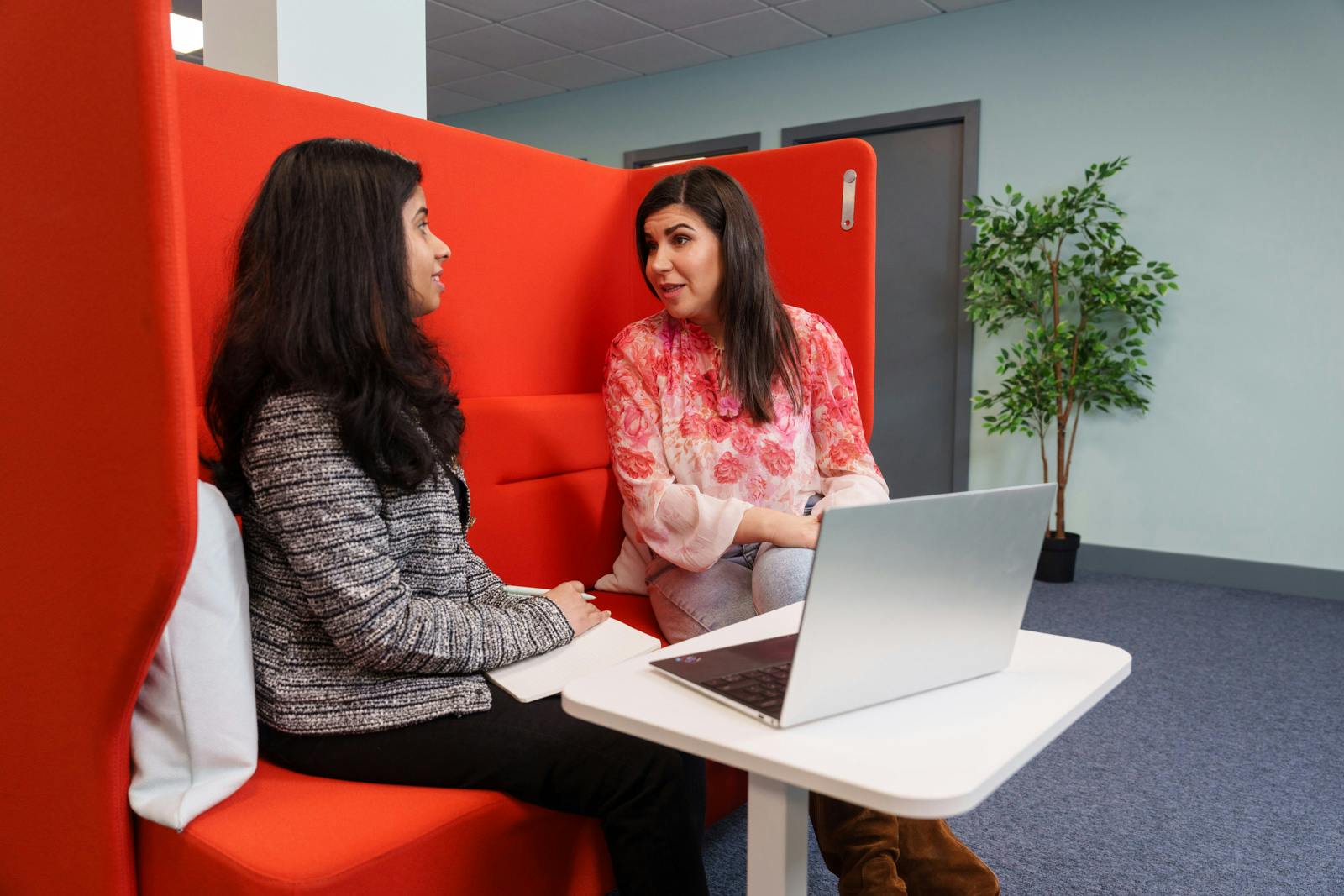Unlocking neurodiversity in the workplace
A guide to improving culture and belonging in the workplace
Don’t forget to bookmark this guide.
Book a chat with our neuroinclusion specialist.
What is neurodiversity?
We’ve all heard of the word neurodiversity. But what exactly does it mean?
Neurodiversity exists in the world and should be embraced in the workplace too.
Recruiting the right person for the right role can transform a business. And helping them succeed in that role is just as important. But have you considered that your ideal candidate might be a neurodivergent individual?
Put simply, neurodiversity means that every one of us is different. How we think, learn, process information, and interact with one another and the world around us is diverse. Different from person to person.
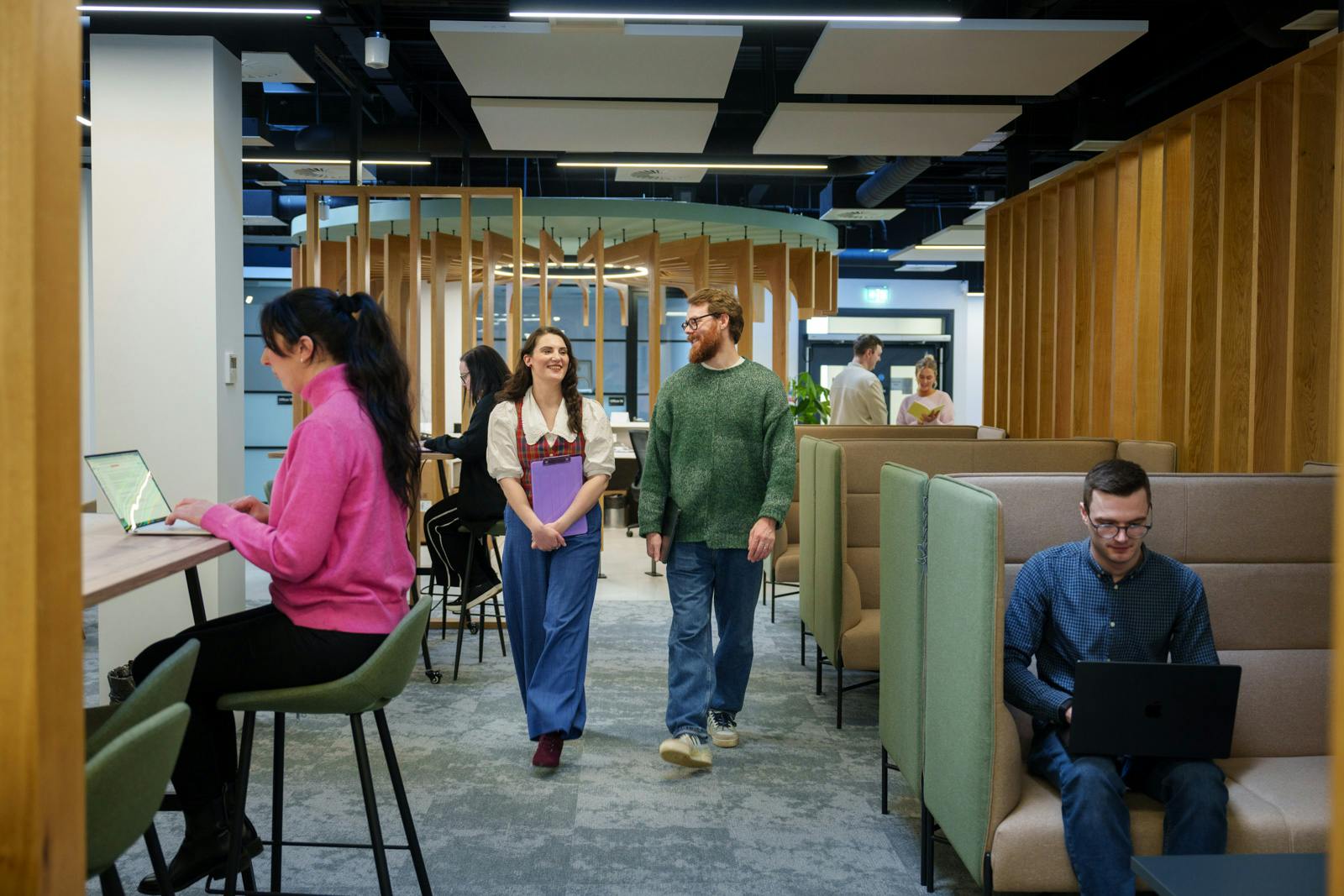
Neurodiversity is an umbrella term that’s used to describe our cognitive differences, also known as neurotypes. Most people are neurotypical, meaning their brain functions in the way society expects.
But as many as one in five people are now classed as neurodivergent, with dyslexia, autism, Attention Deficit Hyperactivity Disorder (ADHD), and dyspraxia all examples of different neurotypes.
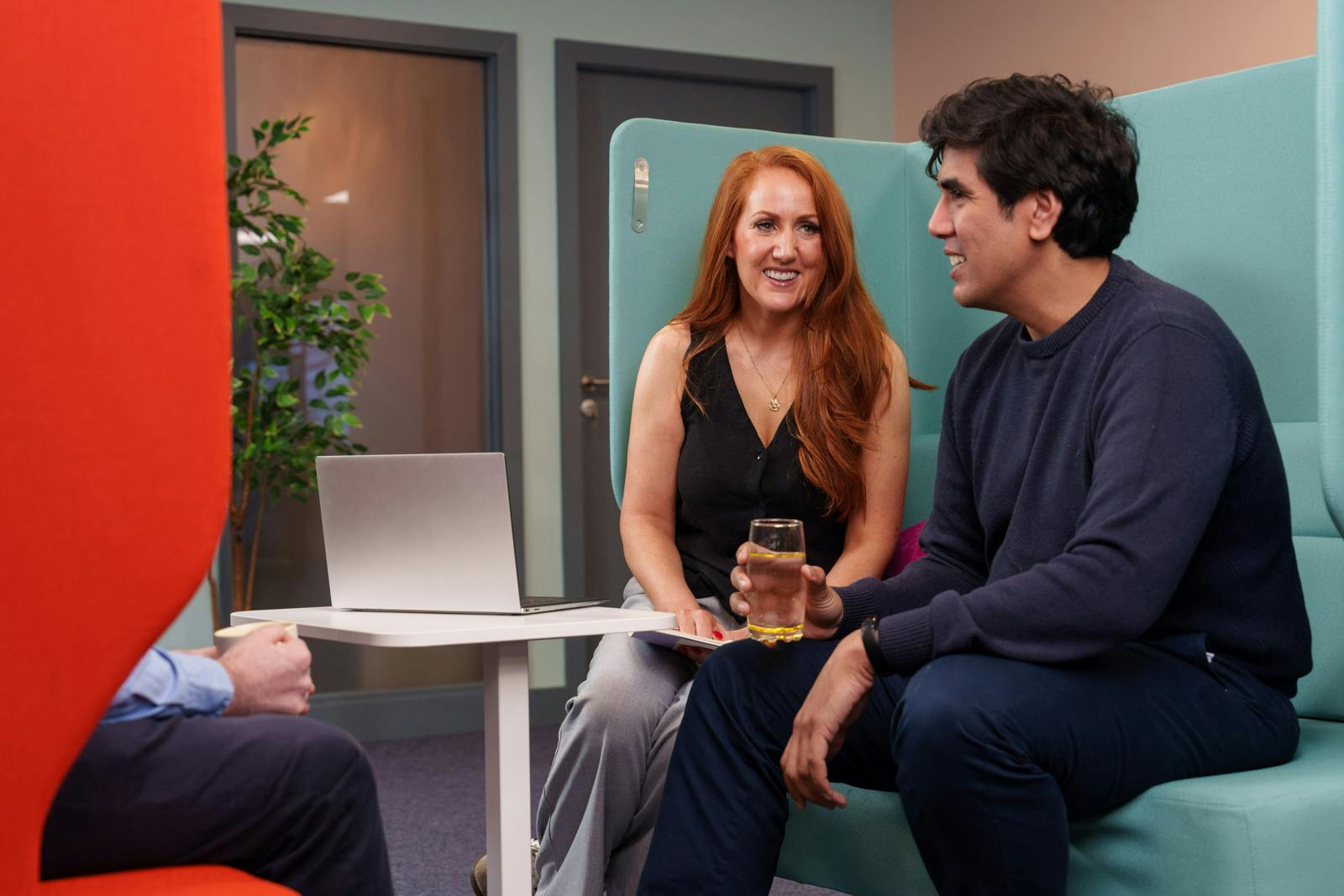
But isn’t it our differences that make us all so unique?
Learning how to embrace neurodiverse people in the workplace will help us shift the narrative from deficit thinking towards strengths, like creativity and problem solving.
So it’s important to understand that neurodiverse teams in the workplace don’t just think differently, they work differently, too. They spark fresh ideas, boost productivity, and drive business growth.
2. Strengths of neurodiverse teams
It’s our differences that make great things happen at work.
As you can see, neurodivergent professionals bring enormous value to any team. Recognising and nurturing their strengths not only helps create a neuroinclusive environment, it also gives your business a clear competitive advantage.
3. Nikki’s story: Neurodiversity at work
Did you know neurodiversity can also be acquired?
Nikki’s story shows just how suddenly someone can become a neurodivergent individual. She was thriving at university and planning her wedding when an accident changed everything.
Watch Nikki’s story – it’ll help bring to life the difficulties faced by many neurodivergent employees.
In the clip, Nikki explains how she struggled to process information, experienced cognitive overload, and suffered from fatigue. But with the right assistive technology and a more neuroinclusive workplace, she was able to return to work.
As an employer, it's important to be able to support your team through the different life events. It helps them to adjust to new ways of working and living. It’s important to have a positive neuroinclusive working environment, too, where people feel empowered to help other people.
Let’s look at some of the ways you can build a more neuroinclusive workplace.
4. Building a neuroinclusive workplace

Real workplace inclusivity means creating an environment where everyone can succeed without the need to ask for special treatment or reveal personal information. That’s a matter of personal choice. But with awareness, education, and strategic neuroinclusive practices, we can all learn to support neurodivergent employees who need or ask for that extra bit of help.
We want to see support for every type of mind, with clear representation and improved culture in the workplace. And, just like you, we want your employees to feel so empowered at work, they’ll want to stay.
Having neurodiverse teams means you’ll benefit from increased productivity and innovation. That’s because diverse thinking is the reason great things happen in the workplace, and beyond.
We've identified seven steps you can take to support neurodivergent employees and foster a culture that values different thinkers:
“The more diverse and inclusive a workplace, the better and faster problems are solved. Innovation will occur at a greater rate, too.”
Nathalie Lynton, HR expert, Shared and Halved Consulting
5. Neuroinclusive recruitment: A competitive advantage

Interviews can be challenging at the best of times. They can be more challenging for neurodivergent candidates. But you can make a difference by creating a safe space for job applicants to share any needs they might have during the recruitment process.
Around 48% of neurodivergent individuals feel recruitment processes are unfair. And 34% of neurodivergent workers have experienced difficulty in the recruitment and interview process.
So by creating a neuroinclusive workplace, from the very first interaction, you’ll be making sure neurodivergent people feel safe and empowered to bring their best selves to both the job interview and then to work.
Here’s a few tips:
Remember: Embracing neurodiversity at work isn’t just the right thing to do, it makes good business sense.
Here’s why:
Attract new talent
Improve staff retention
Develop good practice
Improve neuroinclusion
Enhance innovation and improve productivity
Increase profits
Adhere to disability law, including Equality Act 2010, the Americans with Disabilities Act, and Council for Canadians with Disabilities Act
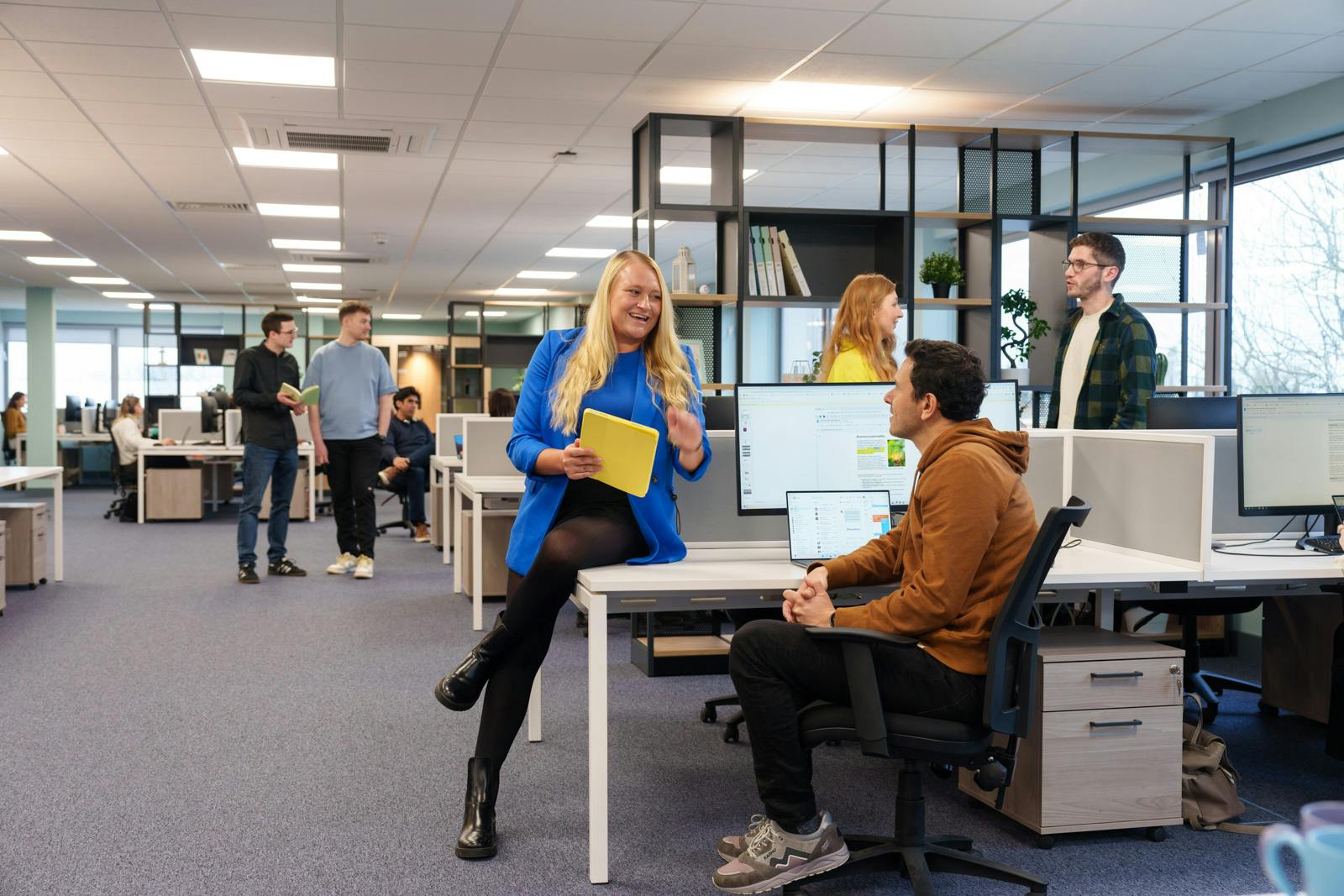
Data suggests that neurodivergent employees increase the productivity of a company by nearly as much as 50% (Siemens), resulting in increased profits and customer satisfaction.
Ultimately, embracing neurodiversity at work improves your employer brand, enhances employee engagement, and gives your business a measurable, competitive advantage.
6. Businesses that are embracing neuroinclusion
We’re lucky we get to work with so many businesses that not only support but actively celebrate neuroinclusion at work. These businesses aren’t just supporting neurodivergent workers, they’re creating environments where people can do their best work and feel genuinely valued.
Here’s what some of our business associates have to say:
Want advice on neuroinclusive technology?
Do you want to support neurodivergent job candidates and your existing staff better? Would you like advice on how neuroinclusive technology can help?
Book a chat with our experts and explore how technology can help build a more neuroinclusive workplace. Hear how businesses, such as Network Rail, the Foreign and Commonwealth Office, and KPMG are all supporting their teams.

